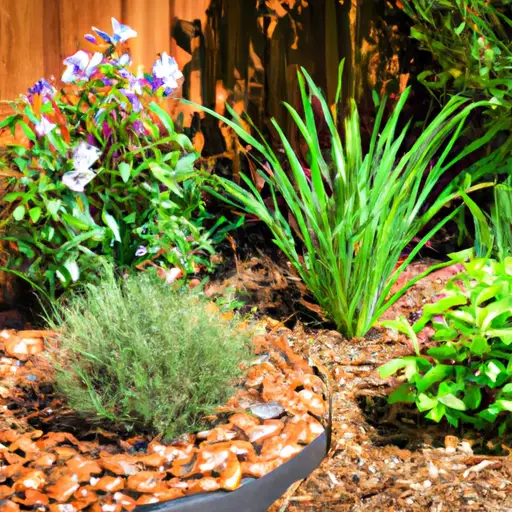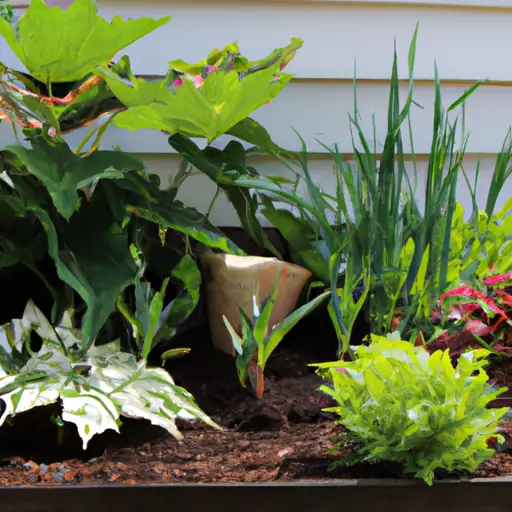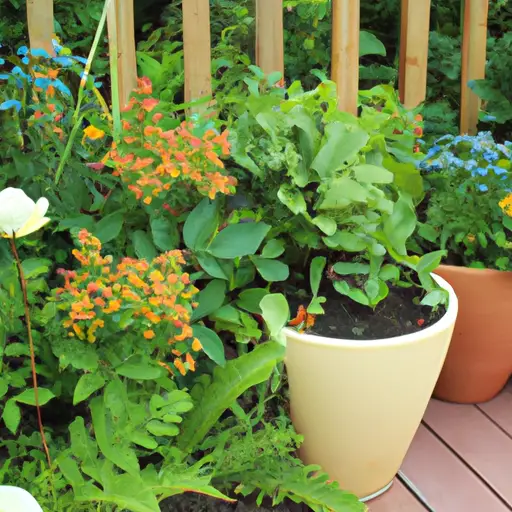Designing a Stunning Container Garden with Mixed Plant Varieties
Container gardening has become increasingly popular over the years, allowing people with limited space or those who simply prefer to garden on a smaller scale to enjoy the beauty of plants. One of the most visually appealing ways to create a container garden is by incorporating mixed plant varieties. By choosing a combination of different plants, you can create stunning displays that are both visually interesting and thriving with life. In this article, we will explore the art of designing a container garden with mixed plant varieties.
Choose Complementary Plants
To create an eye-catching container garden, it’s important to choose plants that complement each other both in terms of their visual appeal and growing requirements. Consider factors such as height, color, texture, and growth habit when selecting your plants. Choose a mix of tall plants for height and structure, medium-sized plants for filling in the gaps, and trailing plants for cascading down the sides of the container.
Consider Seasonal Interest
When planning your mixed plant varieties container garden, think about incorporating plants that provide interest throughout different seasons. Selecting plants with different bloom times ensures that your container garden will be in continuous bloom throughout the year. For example, you might choose spring-flowering bulbs like tulips or daffodils as well as summer-blooming annuals such as petunias or marigolds.
Pay Attention to Colors and Textures
The color palette you select can greatly impact the overall visual appeal of your container garden. Choose colors that complement each other or create striking contrasts. For instance, pairing shades of purple or blue with yellow or orange can create an engaging color combination. Additionally, consider using plants with varying leaf textures – mix fine-textured grasses with broad-leafed succulents or fuzzy-leaved herbs for added interest.

Don’t Overcrowd
While it may be tempting to fill your container with as many different plant varieties as possible, it’s important to remember not to overcrowd your plants. Each plant requires adequate space to grow and flourish. Overcrowding can lead to poor airflow and increased susceptibility to diseases. Leave enough space between plants for them to spread out and thrive.
Pay Attention to Sun and Shade Requirements
Different plants have varying light requirements. Some thrive in full sun, while others prefer partial or full shade. Consider the location where you plan to place your container garden and select plants accordingly. Ensure that all the plants in your mixed variety container garden will receive the amount of sunlight they need for optimal growth.
Choose Container Materials
The material of your container plays a vital role in the overall aesthetic of your garden. Consider the style and theme you want to achieve when choosing a container material. Common options include terracotta, ceramic, plastic, metal, or wood. Each material has its advantages and disadvantages in terms of weight, durability, drainage, insulation properties, and water retention.
Pay Attention to Watering Needs
Different plant varieties have different watering needs, so it’s important to choose plants that have similar moisture requirements when designing a mixed variety container garden. Placing plants with similar watering needs together will ensure that all the plants in your garden receive appropriate amounts of water without over or under watering.

Maintenance Considerations
When selecting mixed plant varieties for your container garden, consider maintenance requirements as well. Choose plants that are low-maintenance and require similar care routines so that you can easily take care of them without spending excessive time or effort.
Consider Companion Planting
Some combinations of plant varieties work better than others due to their natural symbiotic relationships. For example, some flowers attract beneficial insects that help control pests or improve pollination for certain fruits or vegetables nearby. Research companion planting options to find combinations that work well together and provide mutual benefits.
Conclusion
Designing a stunning container garden with mixed plant varieties requires careful consideration of various factors such as color, texture, size, light requirements, and maintenance needs. By selecting complementary plants and ensuring they have similar water and care requirements, you can create an impressive display that thrives throughout the year. With proper planning and attention to detail, your container garden will become a delightful focal point in your outdoor space.













